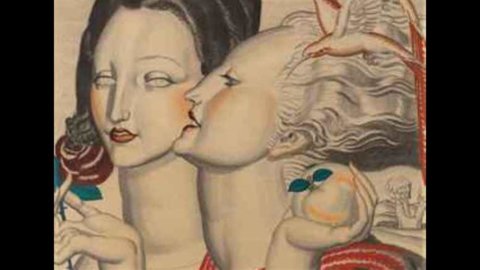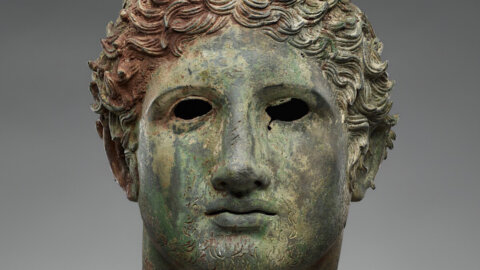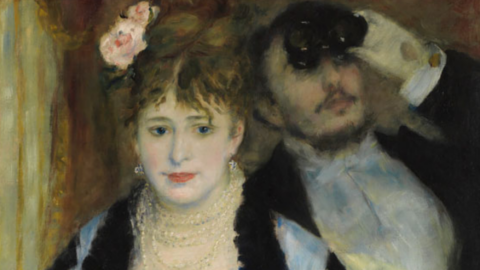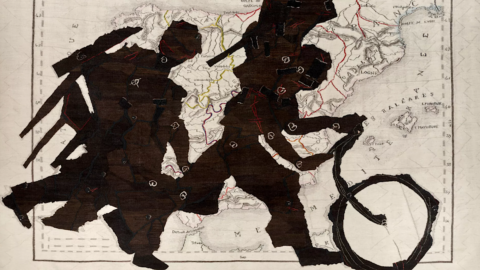It is a collection of objects is they tell la magic e le suggestions of prehistory, returned through the ancient flavor of the valley crossed by the soft bends of the Chiese river. On the heights, along the paths between the chestnut and hazel woods, the sense of the Sacred can be found, rediscovered through the discovery of objects that belonged to the local populations dating back to the Iron and Bronze Ages.
They are fibulae, coins, rings, pendants, bracelets and collars, earthenware vessels in common use, many of which have been deliberately burned or crushed in honor of the divinities of the woods.
The objects of particular historical-anthropological interest tell the artistic skills linked to the human need to enter into relationship with the divine. This also explains the discovery of a sacrificial knife, equipped with a sheath on which a wheel is engraved.
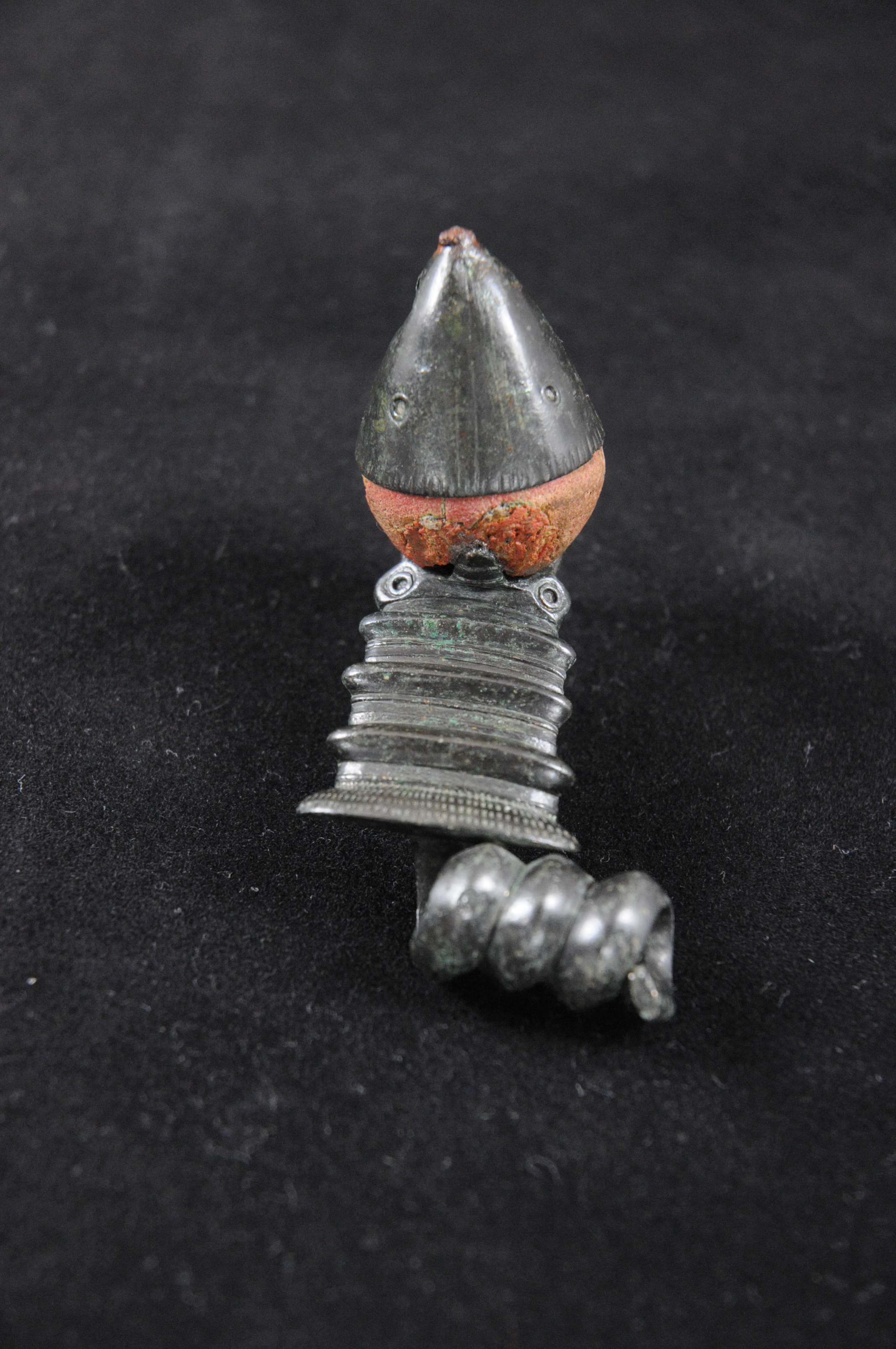
As underlined by Marco Baioni, Director of the Valle Sabbia Archaeological Museum – “Piero Simoni” Foundation – “The materials resulting from the intense research of the Museum and the Superintendency end up in Gavardo and wait a long time before being integrated into the exhibition itinerary of the museum which, as often happens with archaeological museums, would never have enough space to show all the materials it has in stock. deposit. These exhibitions, the one in Bione two years ago and the one in Sabbio, were created with the intention of being opportunities to give back to the population who live in these territories the result of our research, which contributes to recounting moments of their past. I am firmly convinced that our work would be meaningless without this sharing.“
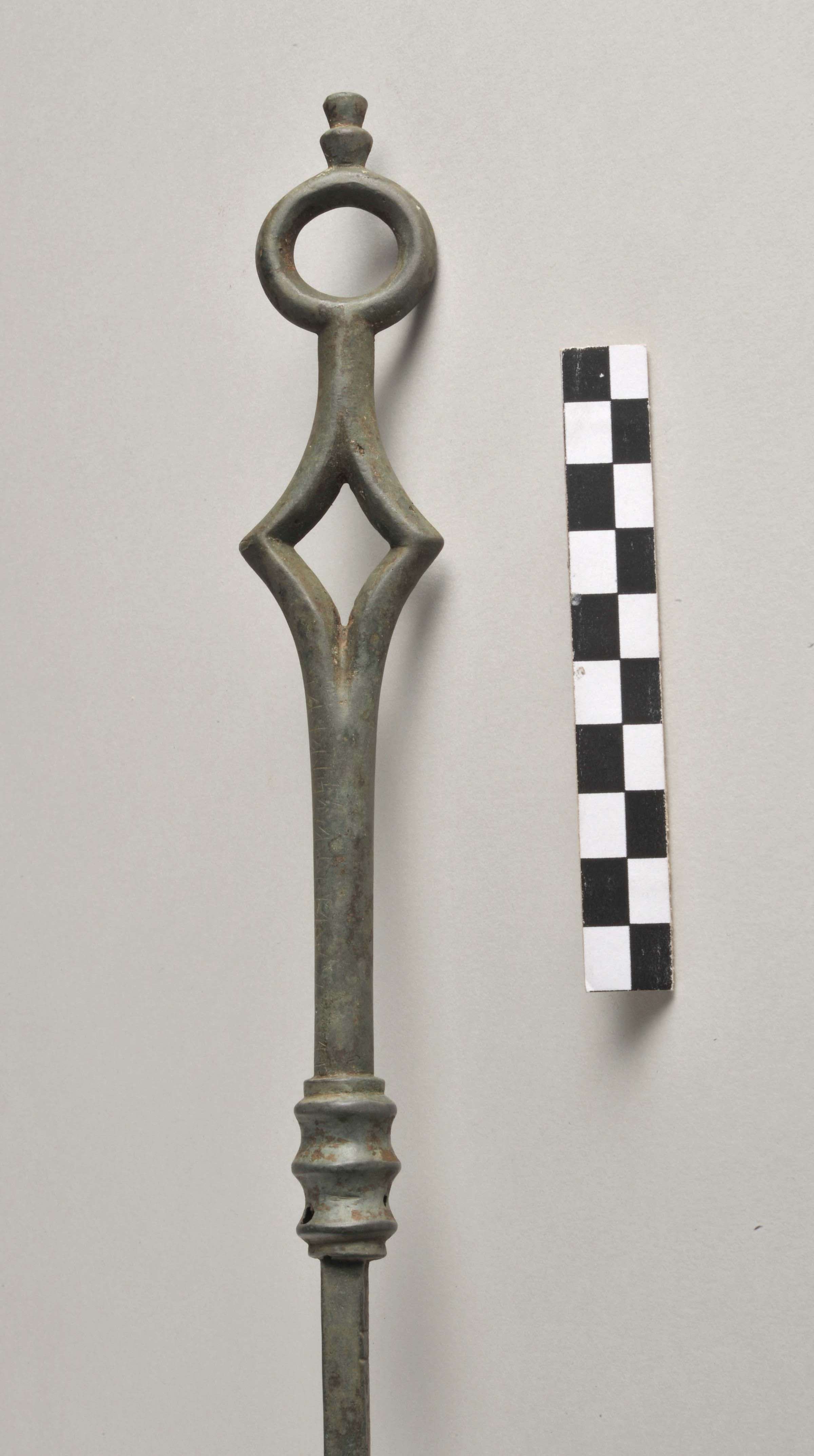
Equally interesting is the discovery of a bronze skewer with a worked handle, surprisingly intact, on which appears an inscription in characters that recall the Etruscan settlement that went beyond the high Po valley. The places of worship identified are characterized by ravines, wells, sinkholes and small shelters. The large blocks of rock aligned by nature have formed votive altars, thus in a dominant position over a vast area, the "Dos of prayers" leads back with its name to its probable use.
The numerous finds exhibited in the Council Chamber of the Municipality of Sabbio Chiese come from all over the valley that enters the Garda area up to Lake Eridio, where the ancient Austrian border cut and today the provinces of Brescia and Trento separate.
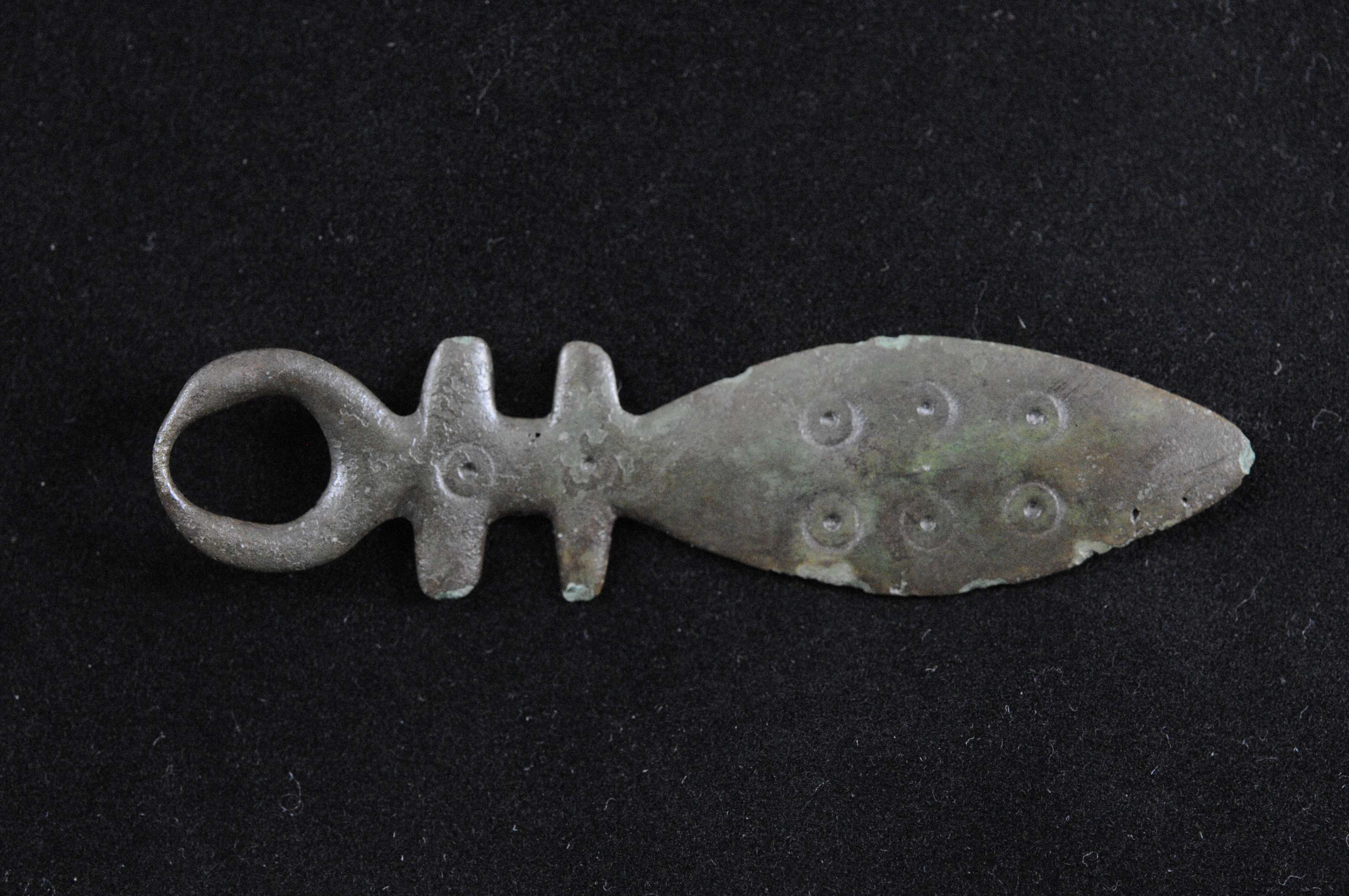
The objects, cataloged and restored, have found their place in the museum archaeological di Gavardo. Among these there are also human remains from the Corna Nibia, they are the product of many years of research and work in the excavations, carried out under the supervision of the Superintendence in collaboration with the Archaeological Museum directed by Marco Baioni.
Through the provincial exhibition activities, which have nothing to envy to the great Culture, bridges are built that enhance the history of the territory and ideally reconnect the experiences of today's generations with those of the past.

